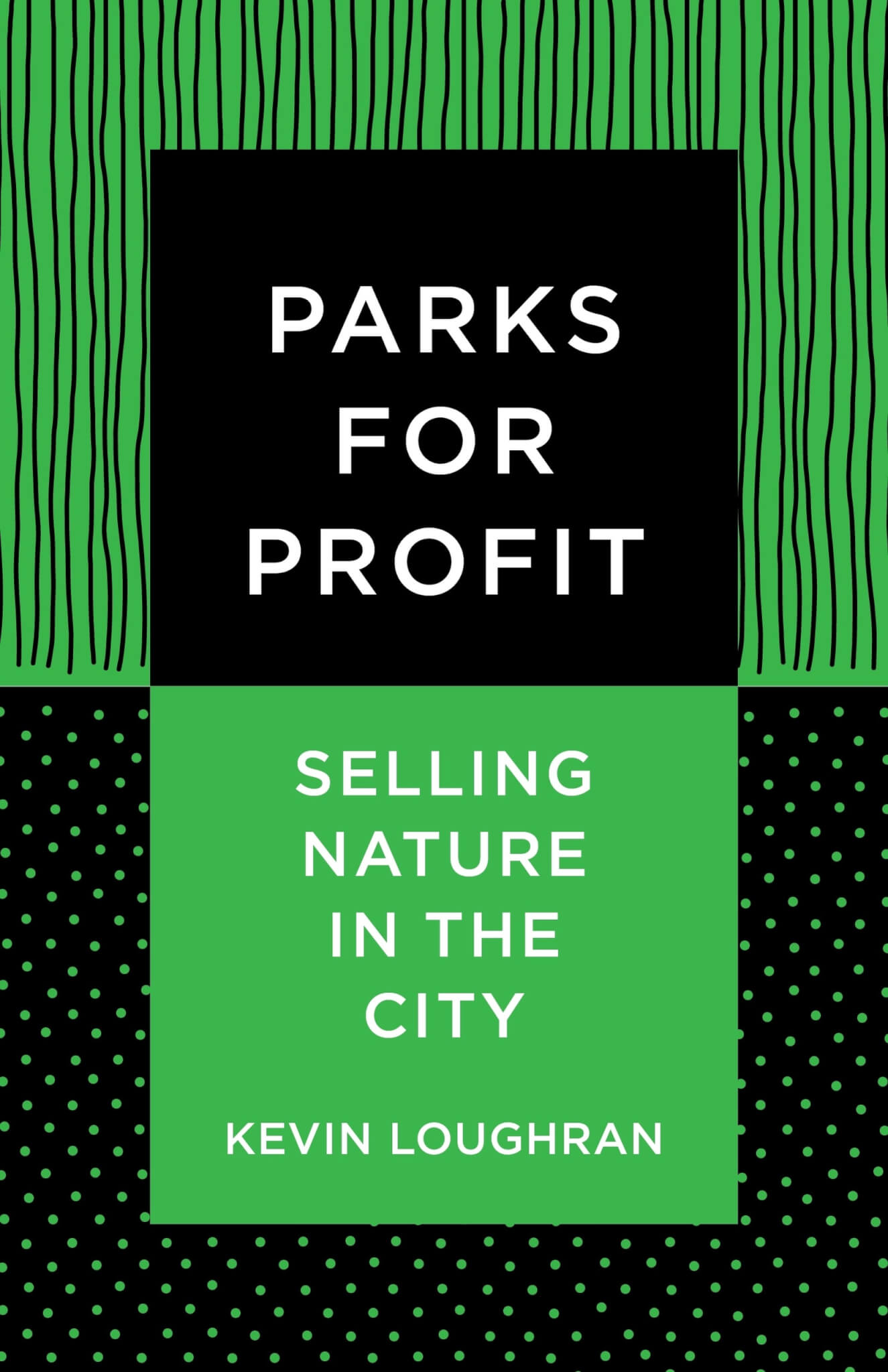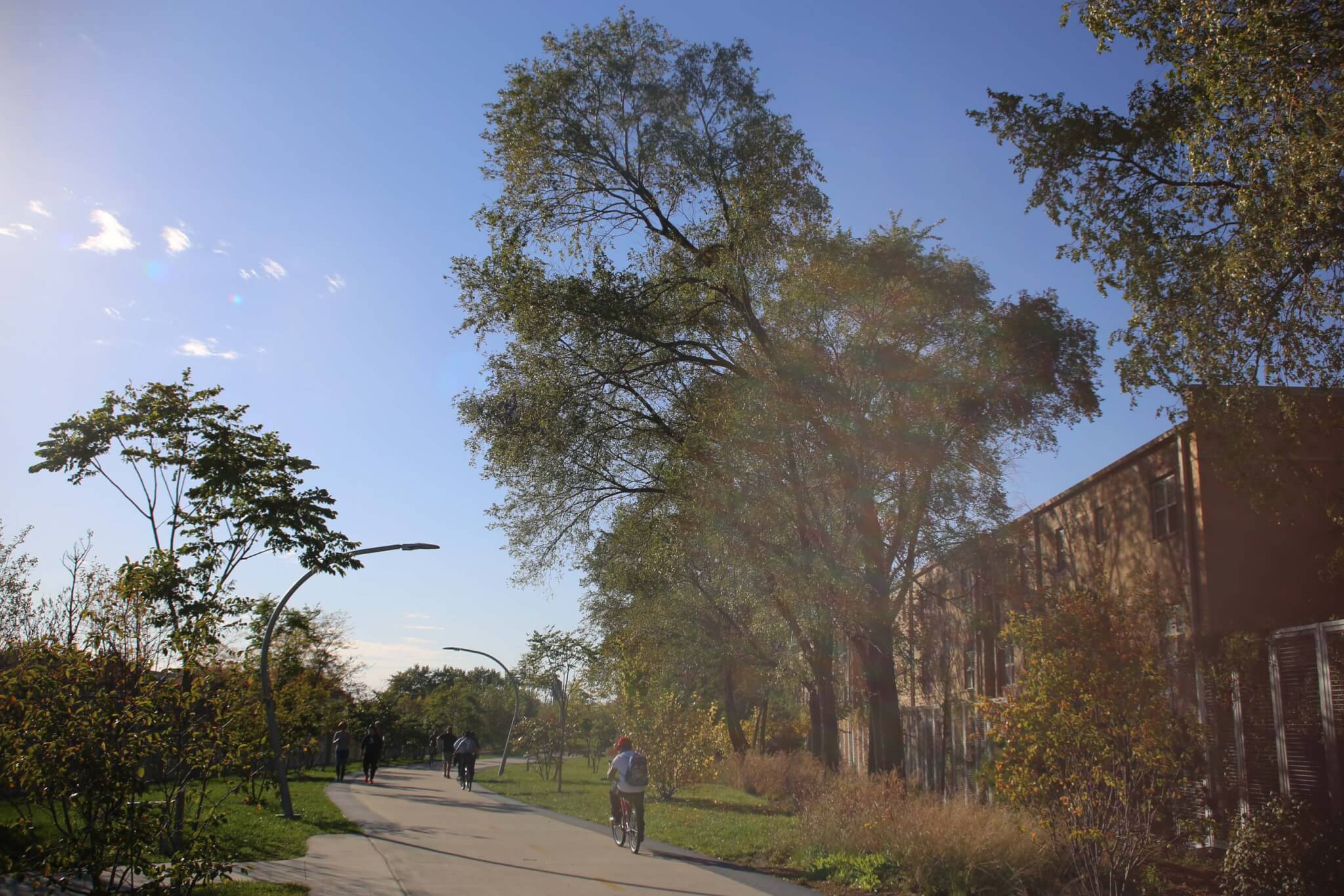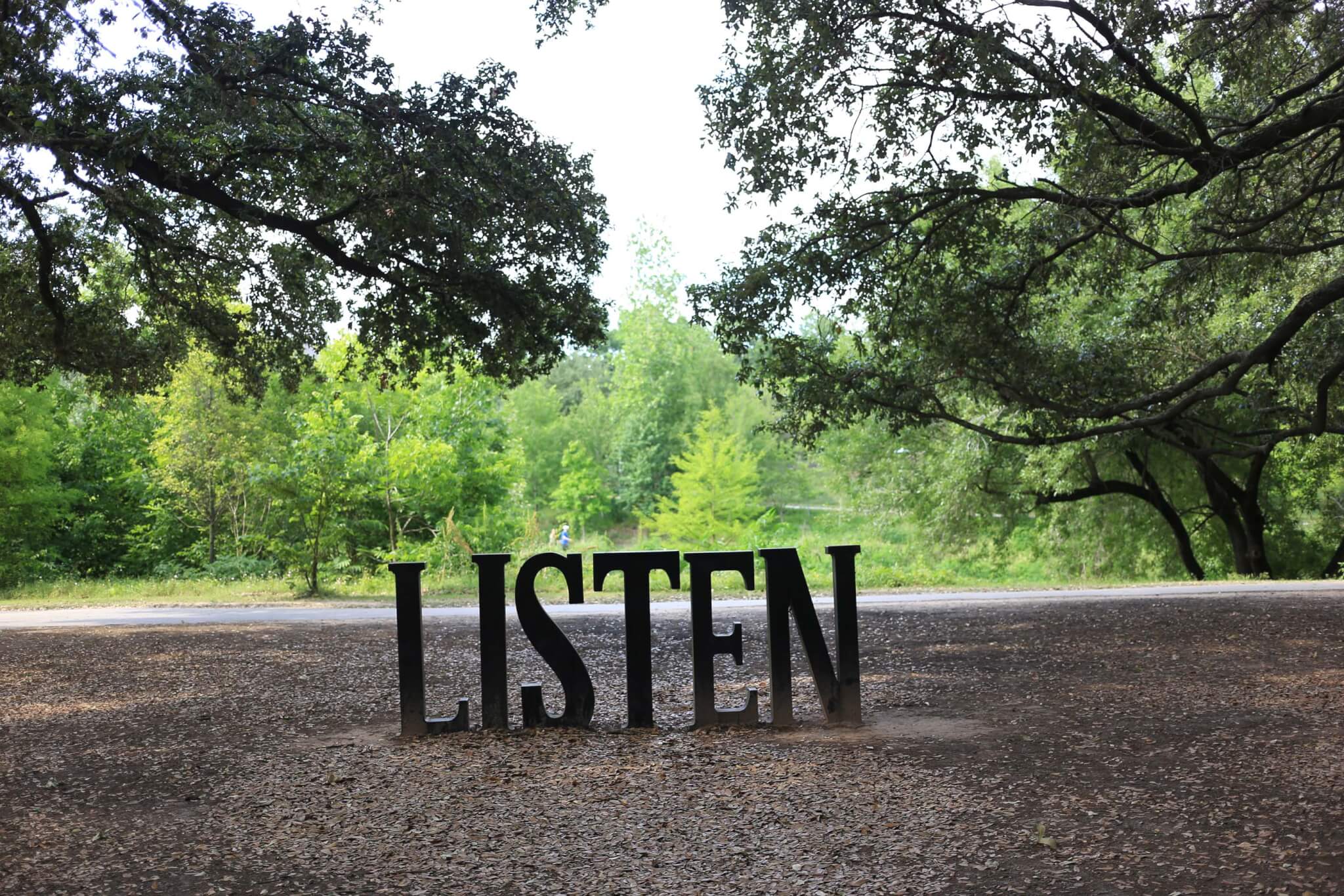Parks for Profit: Selling Nature in the City
Kevin Loughran | Columbia University Press | $30
In September, New York mayor Eric Adams announced $35 million in investment for the design and construction of the first phase of QueensWay, a linear park proposed to stretch from Rego Park to Ozone Park. The first stage of the project, called Queensway Metropolitan Hub and designed by WXY and DLANDstudio, will begin to transform the long-abandoned Rockaway Beach Branch line into a 5-acre open space to be managed by the NYC Parks Department and the NYC Economic Development Corporation. In addition to seemingly foreclosing on QueensLink, a rival proposal to reuse the railway for a new subway connection, the QueensWay’s first stage—a relatively small path bisecting the 534-acre Forest Park—raises questions about its necessity.
The most obvious precedent is Manhattan’s High Line, but, at 13 years old, the now-teenage wunderpark has lost a bit of its initial veneer of novelty. In 2009, when it opened, significant new park projects were uncommon, let alone parks fashioned out of an outmoded elevated train track. But now the typology feels familiar, so much so that untouched artifacts of major cities’ industrial ages—“diamonds in the rough,” or gems even—have become scarce. Invariably, in their place, you’ll find the same obsessively programmed pathways, the familiar overpriced concessions, and, of course, a swath of new speculative real estate doggedly lining the perimeter. In his recent book Parks for Profit, Temple University professor of sociology Kevin Loughran asks: What was being sold with the postindustrial park?

To build his thesis that such restoration projects helped usher in a new species of privately owned/developed parks, which in turn fueled intense speculative real estate development nearby, Loughran undertakes a comparative history of the High Line and two similar parks that were developed in its wake: the Bloomingdale Trail/606 in Chicago and Buffalo Bayou Park in Houston.
Loughran’s story begins in Chelsea with the Friends of the High Line, which was founded as a grassroots effort by well-connected residents to preserve the abandoned train line in the face of slated demolition on the formerly industrial West Side of Manhattan and follows the project’s progression into a signature accomplishment of the Bloomberg administration. Following the High Line’s success, Loughran’s story moves to Chicago to recount how the Friends of the Bloomingdale Trail’s grassroots vision of a more inclusive intercommunity park was absorbed by the Trust for Public Land and the Rahm Emanuel administration and, lastly, to Houston to place the top-down Buffalo Bayou Park within a larger downtown revitalization plan in the face of urban decentralization. Conveniently, the often-meandering structure of the book follows Loughran’s academic appointments.
However, despite some clear differences laid out in the consecutive summaries of these parks’ development, all three came at a time of renewed enthusiasm for cities after a period of perceived decline. For Bloomberg, projects like the High Line—designed by James Corner Field Operations and Diller Scofidio + Renfro with Piet Oudolf—were key to enticing the “creative class” to move back to New York, following decades of white flight. There had already been a shift toward privatizing parks since the 1980s, with developers building public plazas in exchange for height bonuses, and high-profile private park corporations such as the Central Park Conservancy emerged to fill the funding gap for some green spaces as the city’s Parks Department faced disinvestment. While the blueprint for private development and management was already set, to capture a spirit of authenticity, the postindustrial park needed a new aesthetic to match these buzzy ambitions.

In contrast with the picturesque of Olmsted’s once-dominant style of landscape architecture, Loughran mints the term imbricated spaces to describe the intermingling of industrial decay with controlled nature. Instead of evoking an idealized countryside with winding paths, varied elevation, and serene water features like those in South Park (now Jackson Park, Washington Park, and Midway Plaisance) in Chicago, or NYC’s Central Park, imbricated spaces romanticize “industrial landscapes, and, rather than rebuking urbanization, celebrate (a particular perspective on) the city’s visual qualities,” according to Loughran. Manicured lawns are replaced with concrete paths, carefully interspersed with grass poking through the cracks.
Embodying the aspirations of the post-urban-decline growth machine, this aesthetic valorized the underdeveloped. Loughran argues that these postindustrial parks “bring together nostalgias for danger, sex, drugs” and generally “have a tendency to fetishize and sexualize the excitement and/or fear that gentrifiers find in ‘discovering’ furtive places.” With the help of engineers and landscape architects, some expanses that have been somewhat unsightly or unsavory to an incoming higher income bracket have been made “safe” and fed back to visitors in an easily consumable package.
Loughran argues that this style naturalizes these parks within the contemporary city. Instead of having the same impact as the totalizing plans for parks in the past, postindustrial parks appear more friendly and inevitable. Buffalo Bayou Park, designed by SWA and Page, is carefully populated with the “kind of nature that might have existed, had an old Bayou not been channelized and planted with the ‘wrong’ grasses and trees, or if elevated railroads had been left well enough alone.” What results from these constructions of environmental authenticity are “ecologically appropriate spaces with unimpeachable cultural authority,” not just a “capitalist growth machine.”
Furthermore, parks like the 606—designed by a team that included Ross Barney Architects, Michael Van Valkenburgh Associates, and Arup—are examples of a “new and powerful urban ideology, which proposed that cities, as dense, communal, carbon-friendly spaces, are humanity’s best hope of surviving climate change.” This constructed authenticity, coupled with the architectural language of adaptive reuse, can be a potent symbol of climate adaptation to which cities and corporations can attach themselves.

It’s not just the foliage that is naturalized. The connective passages of this trio of parks use a new socially constructed concept of nature to Trojan horse a new wave of development into seeming inevitable: The programmed paths easily lead to “consensual surveillance,” the “distinguished” concessions are overpriced and targeted in their messaging, the private governance ensures aesthetic continuity, the massive public subsidies lure real estate investors to strike while the iron is hot, the apartment buildings go up quickly, and the inevitable rising property values in the area soon make it harder for low-income residents to remain in their homes. At its best, Parks for Profit illuminates the disconnect between the way these projects were sold to the public with the thrill of exciting new public spaces and the gentrifying impact they had on their surrounding areas.
Even in new parks that weren’t built out of adaptively reused infrastructure, like New York City’s Little Island, a fantasy terrain designed by Heatherwick Studio, the aesthetics of imbricated spaces persist. Despite its opening last year, upon arrival you’ll notice a familiar mix of oxidized metal, exposed concrete, and controlled wild flora as you’re ushered through to the concession stand or the amphitheater. Also, you’ll be politely informed by attendants that no bikes are allowed on the island. Little Island’s flying saucer landed with a price tag of $260 million, while constructing the QueensWay, it is estimated, will cost $150 million. One was the pet project of a real estate mogul; the other will likely need to continue to wrangle public funds to give New Yorkers a new place to walk. Meanwhile, small neighborhood parks across the city cultivate a more authentic kind of decay, the result of disinvestment.
Michael Nicholas is an editor at Failed Architecture.











